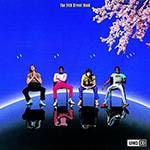■ Fender Stratocaster 1964 - Historical Background
In the Japanese calendar, 1964 corresponds to Showa 39. Japan was in the midst of a period of rapid economic growth, marked by events such as the Tokyo Olympics. However, at that time, playing an electric guitar was nearly impossible for most people—it was an era when owning a folk guitar was already a stretch. Electric guitars were considered rebellious. The stereotypical image of a student in those days was someone who had moved from the countryside to Tokyo for university, living in a small four-and-a-half tatami mat apartment. The cutting-edge trend was gently strumming a guitar in one’s room.
Among Japan’s prominent electric guitarists were the late Takeshi Terauchi and Yuzo Kayama, who, despite only playing basic chords, left a strong impression in films. Kayama once stated that if he could redo his life, he would want to master the electric guitar.
The Ventures, with their signature sound, were responsible for popularizing electric guitar culture in Japan, but their boom eventually faded.
Owning a Martin, Gibson, or Fender was nearly impossible—people could only see them through the display windows of music stores. As a result, most electric guitarists in Japan used domestic brands.
Around 1980, in Japan, acquiring a Stratocaster required a salaried worker to save several months’ worth of wages. At the time, a Fender Stratocaster with a tremolo cost ¥250,000, while one without a tremolo was ¥235,000, and a left-handed model was ¥275,000. However, on today’s used market, this era’s Strats are among the most affordable.
Revisiting the 1964 Model
The sunburst finish retains a vivid red hue, making it a true three-tone sunburst. Some specimens exhibit an exceptionally clear and evenly spaced three-color burst, known as the ‘Target Burst’.
○ Body & Neck
The shape remained nearly unchanged from the 1963 model, but the contours were slightly reduced. Compared to the late '70s and early '80s contours, it was still sculpted for comfortable playability. Up until early 1965, craftsmanship remained intact.
In the latter half of the year, the Fender logo transitioned from the spaghetti style to what’s known as the ‘transition logo’. This shift from the spaghetti logo symbolized a tumultuous period—fittingly, the transition logo itself looks cool.
○ Fender’s Marketing Slogans
Fender’s advertising included slogans such as: “Fender Guitars Are Always With You” and “You won’t part with yours either” were accompanied by stylish, heartwarming photos—like a pilot wearing a Strat over his shoulder, a girl desperately clinging to her guitar as her parents tried to take it away, a young man playing guitar while surfing, or a boy boarding a bus with his guitar on his back. Fender excelled at visual storytelling in their catalogs.
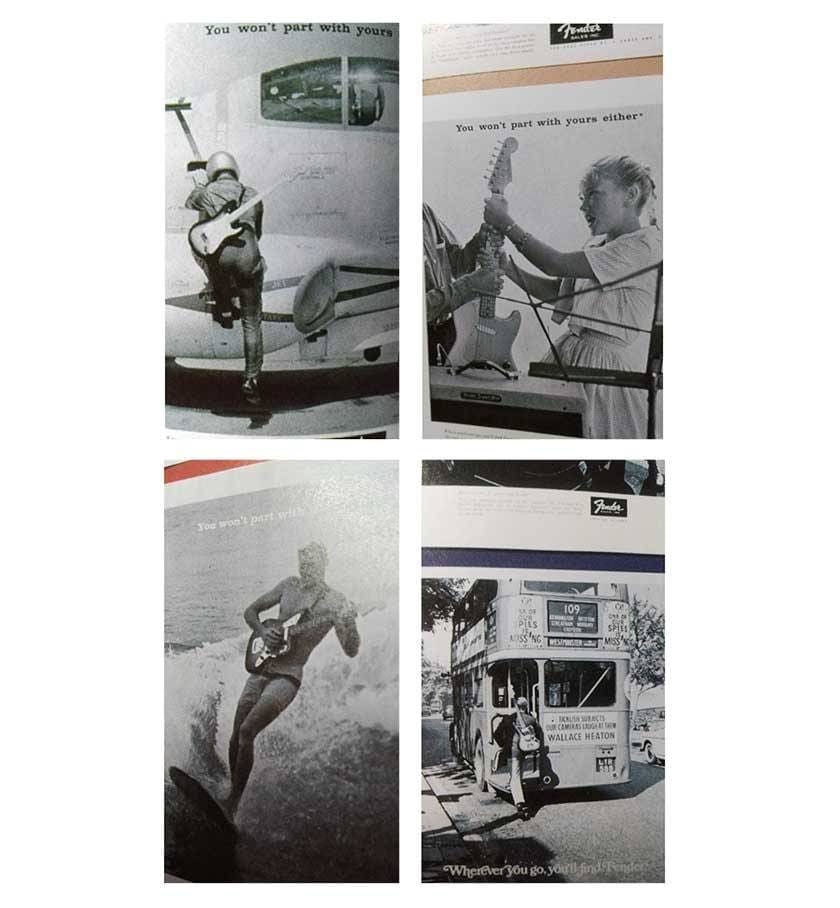
Incidentally, the first Fender Japan brochure was an unusually large, vertically long, yellow pamphlet. Its cover featured a promotional image of a young boy riding a skateboard.
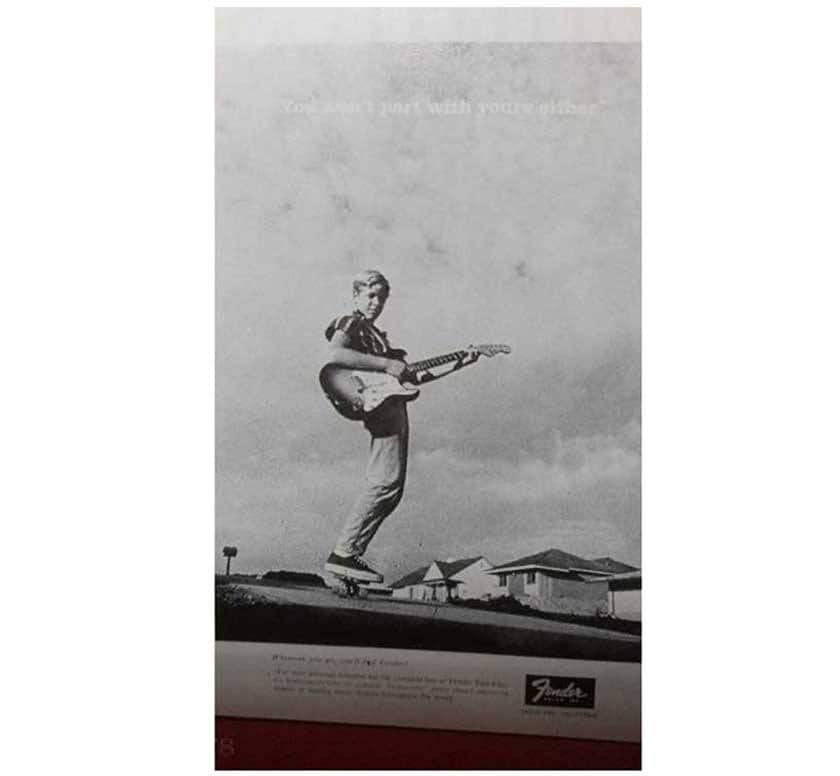
*Based on an advertisement from the American magazine Guitar Player. The ad took up an entire page and was published a long time ago.
○ Headstock & Neck
There was little change in the small-headstock neck design. It was entirely different from the slab fretboards of earlier years, which had a thick, dark fretboard that almost looked like a ‘kamaboko’ (fish cake) mounted onto the headstock. However, the round-laminated fretboard still produced a great sound. At a vintage guitar shop, I once saw a customer playing an old round-laminated Strat, and its rich tone and powerful sound were unforgettable. That sound still lingers in my ears.
The transition logo on the neck gave the guitar a noticeably different look. The number of patent markings also increased from two to four.
○ Body
The shielding for noise reduction remained standard. The capacitor was a dull red, circular ceramic type. The yellow paint was thick, completely obscuring the wood grain. If the finish was deemed a failure, a custom color was sometimes sprayed over it as an opaque topcoat.
Five years ago, at a certain music store in Tokyo, I saw an opaque Stratocaster with a three-tone sunburst base coat. It was a Custom Shop model replicating an old factory mistake. Due to the effort required for such a reproduction, its price was quite high—a bittersweet realization.
From 1954 to this year, the pickups were supported by rubber tubing. However, since rubber inevitably deteriorates, many have been replaced with springs. My personal guitar, per the store’s recommendation, still uses rubber tubing. I actually prefer springs, but removing the pickguard is something I leave to the store staff, so I’ve stuck with rubber. That said, I’m not as particular about tubing versus springs as I am about capacitors.
■ Fender Stratocaster 1965
In 1965, the employees arriving at the factory were stunned—they had just learned that Fender had been acquired by CBS.
Gone were the days of talking about selling dreams. Now, the focus was on mass production and maximizing profits. The new management, obsessed with cost-cutting, sought cheaper pickup wire in bulk. Some of the executives had previously worked in consumer electronics rather than musical instruments, leading to a chaotic production system.
Eventually, a new, much larger factory was built, shifting priorities toward planning, meetings, bulk material procurement, and large-scale production—all in the pursuit of profit.
It’s unlikely that any of the original Fender employees found a healthy way to cope with the stress of the acquisition.
However, until mid-1965, the manufacturing tools and processes had not yet changed drastically, so Stratocaster quality hadn’t suffered too much. The weight remained around 3,500g. If one overlooked the acquisition, the Stratocasters of this period were still quite usable in professional settings.
○ Neck
The clay dot inlays were replaced with pearloid dots. The spacing of the 12th-fret dots was narrower.
The Contour Body decal placement on the headstock was often inconsistent, sometimes applied loosely in different positions.
Neck stamps remained mostly the same, with the only major change being the Stratocaster code shifting from ‘2’ to ‘13’. The month and year stamps, as well as the neck width codes (‘A-D’), remained unchanged. For example, ‘13AUG65B’ indicates ‘a Stratocaster made in August 1965 with a standard nut width’.
At one point, some guitars were equipped with wider frets than the traditional thin ones, though the exact height varied.
○ Body
Starting in 1963, the neck joint area was painted with a metal clamp, leaving most of the left side unpainted. This was still the case in 1965.
The contour cut on the back of the body was broad but relatively shallow.
○ Neck
In 1966, the large headstock became standard. However, some 1965 models were already being made with a large headstock.
Why did Fender switch to a large headstock? A short answer: “Because bigger stands out more.”
Next time, let’s delve into “CBS Fender - The Endless Battle” as we continue to contrast nostalgia with corporate changes.
Stay tuned for the next installment!
The “sound & person” column is made up of contributions from you.
For details about contributing, click here.






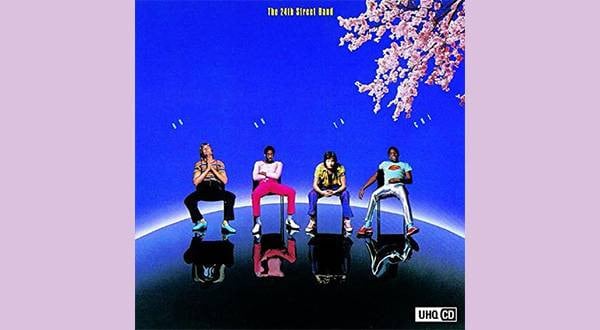




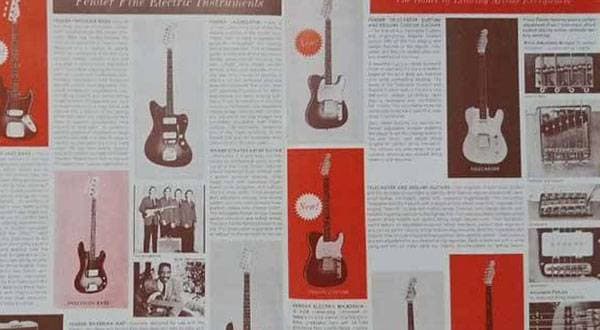
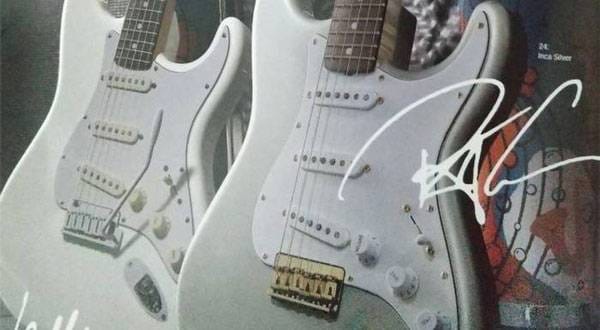
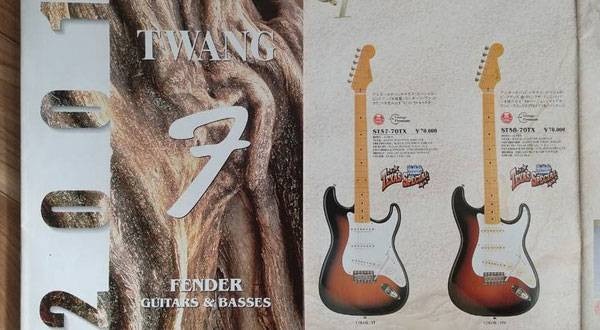
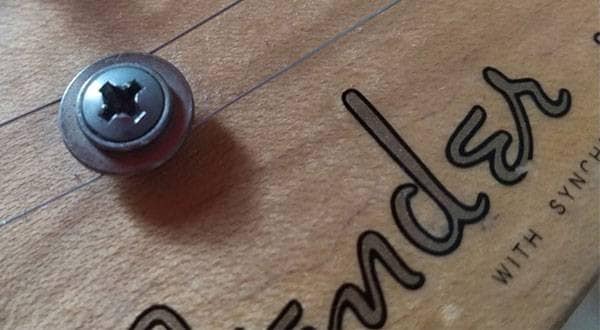
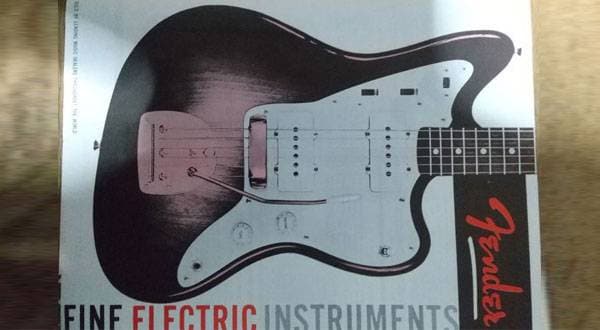
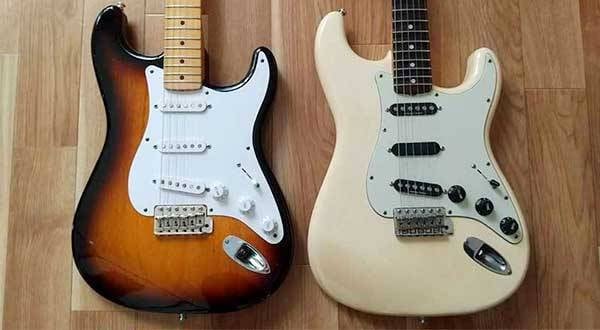
 Fender プロダクトラインナップ
Fender プロダクトラインナップ
 FENDER(フェンダー)ブランドサイト
FENDER(フェンダー)ブランドサイト
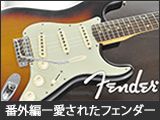 愛されたフェンダーギターたち
愛されたフェンダーギターたち
 ギターの種類
ギターの種類
 ギター名人ラボ
ギター名人ラボ
 ギタースタートガイド
ギタースタートガイド
